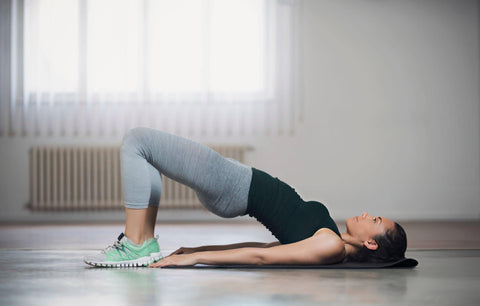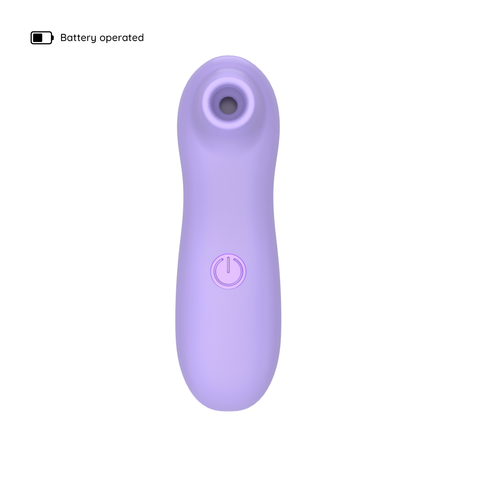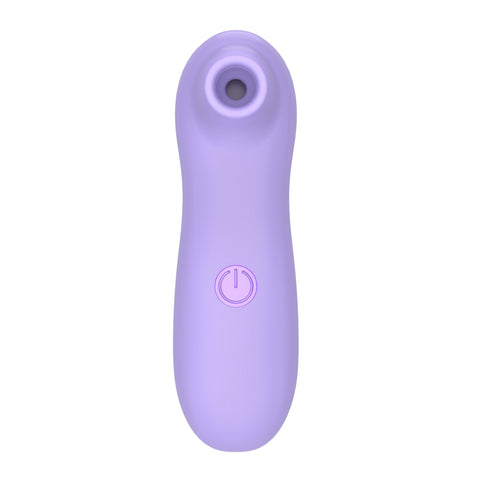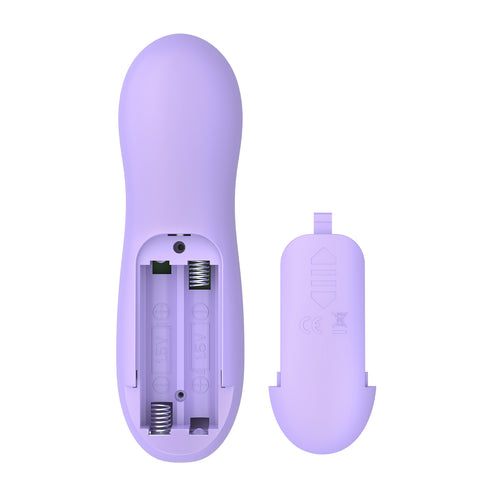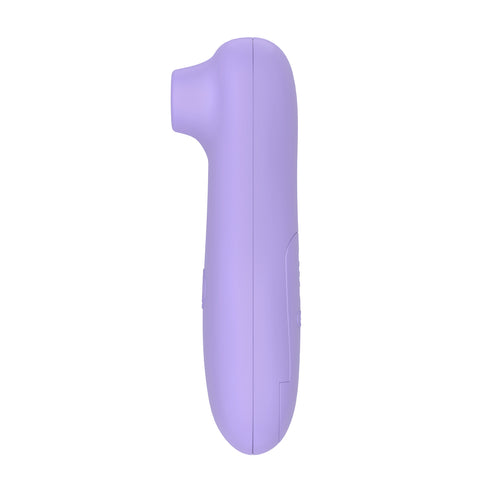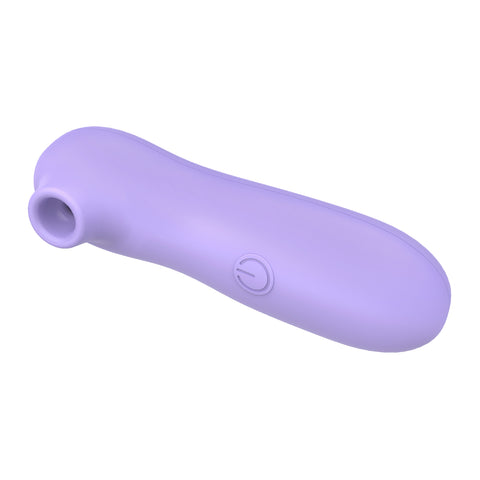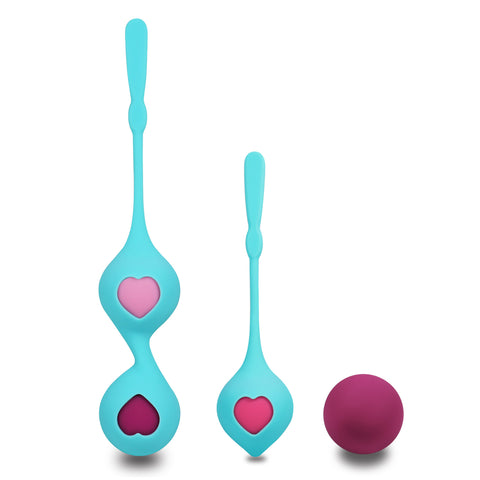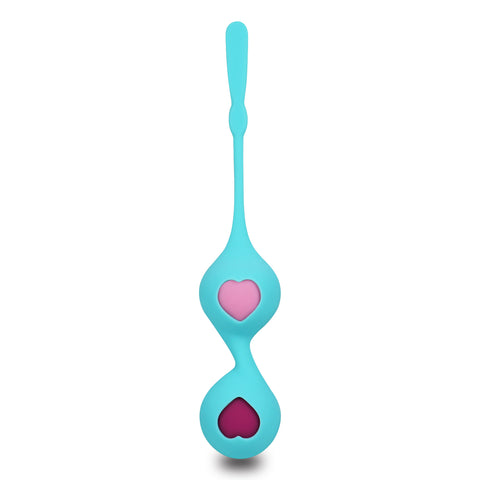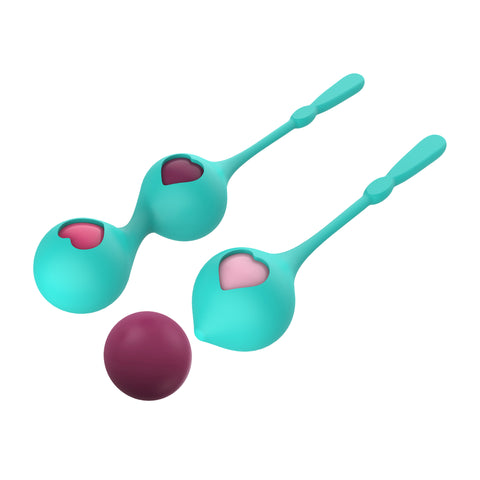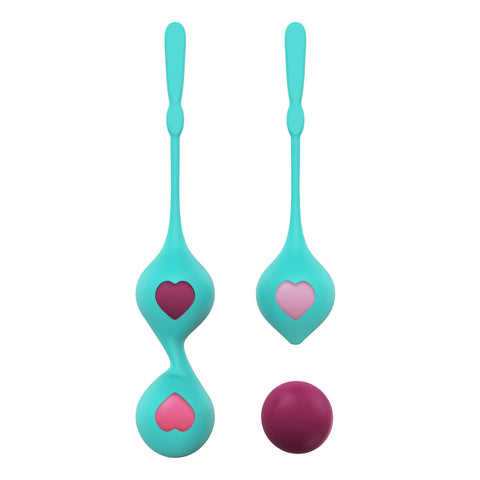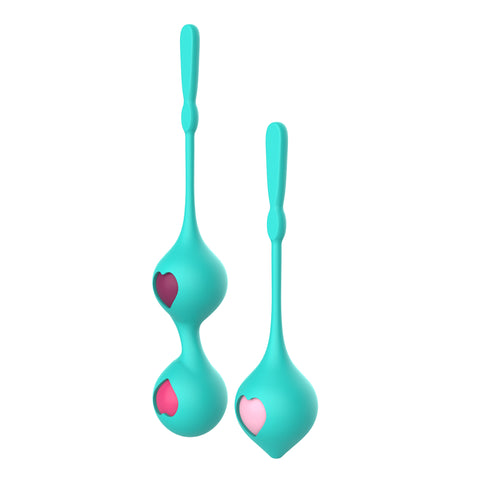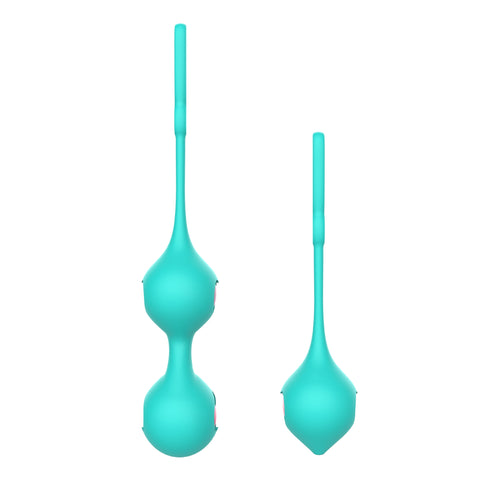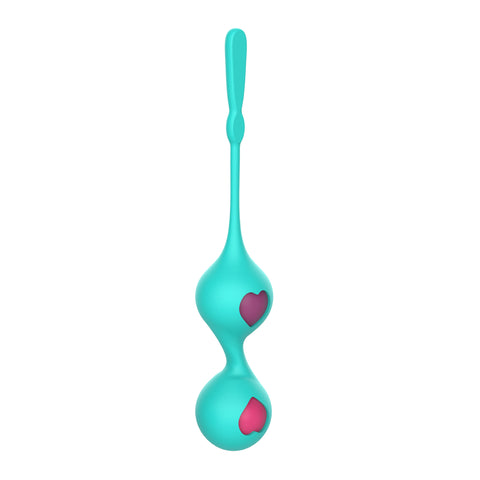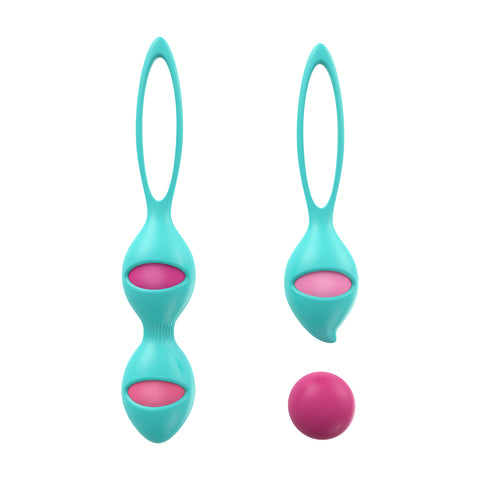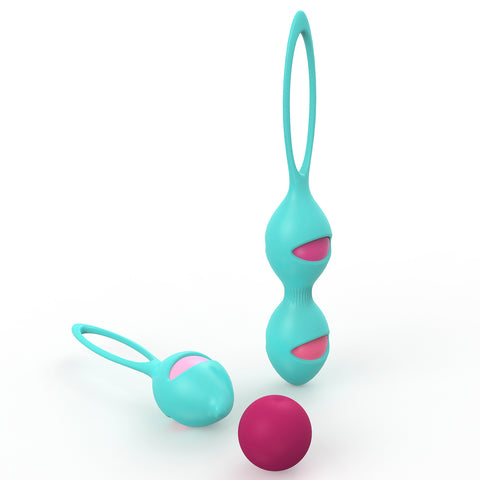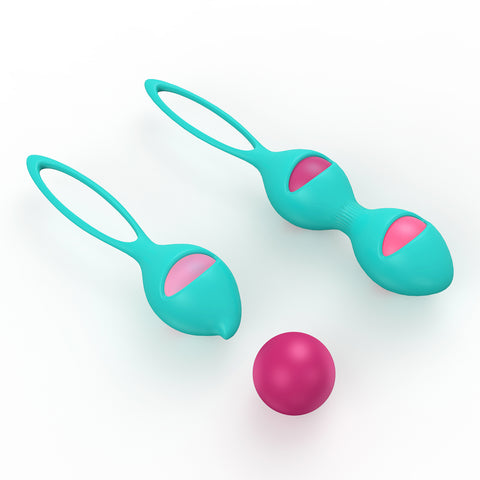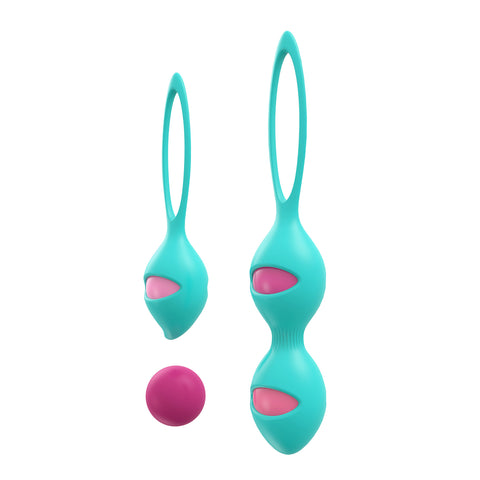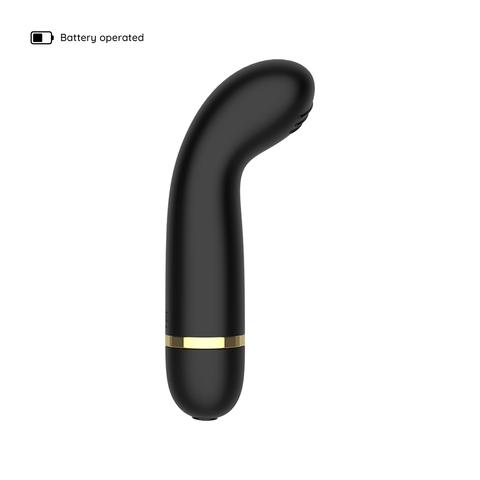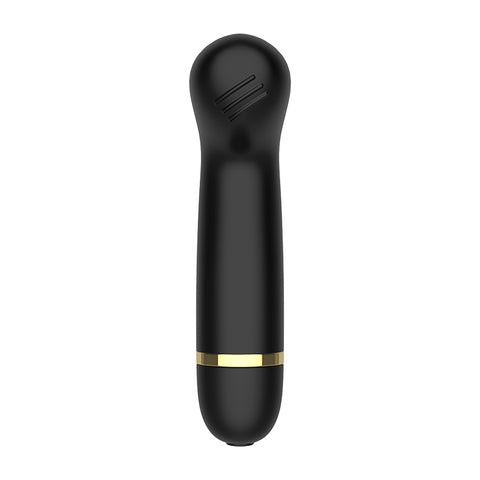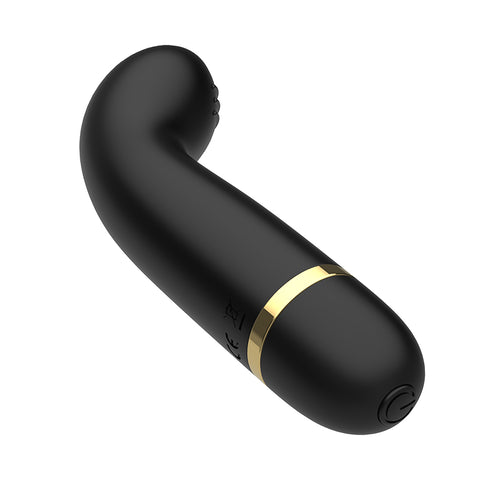Kegel balls are intended to support pelvic floor muscle strength, bladder control, and overall intimacy. They're a common addition to many people’s self-care routines because of how they promote body awareness and internal muscle control. With regular use, they can improve comfort and confidence during movement and daily life.
But what if your Kegel balls keep slipping out during exercise or basic activities? It happens more than you might think. The size, material, placement, or even your current muscle strength may be at play. This article focuses on helping you stop that frustration with clear, simple steps. Learn how to choose the right set, use proper technique, and build strength to keep everything where it belongs.
Choosing the Right Size and Material
A good starting point is making sure the Kegel balls you're using are actually the right fit for your body and goals. Size and material matter more than people often realize.
If the balls are too small or too smooth, they can slip out easily, especially for beginners. Let’s break down what to look for:
- Size: Larger Kegel balls work better for beginners. They’re easier to keep in place because they create more surface resistance. Smaller balls, while less bulky, demand more pelvic strength and control.
- Weight: Heavier balls are useful for building strength over time, but they can be tricky early on. Lighter options let you start with less pressure and work your way up.
- Material: Medical-grade silicone is a great option because it’s smooth but still has grip. Avoid materials that are too slick or have strange textures that may be uncomfortable.
- Shape: Some options are linked with a cord or flexible connector. These give you more control when placing or removing them and help with even spacing inside.
Sometimes it’s trial and error to find a great match. If your current pair is sliding out, it might mean they’re too small, too light, or just not suited for your starting strength. There’s no harm in testing out a few combinations until you find what gives you the most stability and ease.
Proper Insertion Techniques
Once you’ve got a better-fitting set, how you insert them can really affect how secure they feel. Proper placement helps with comfort and keeps the balls from slipping out too soon.
Follow these steps to make sure you’re inserting them correctly:
1. Wash your hands and the Kegel balls with warm water and a gentle soap.
2. Apply a small amount of water-based lubricant if needed. Just enough to avoid friction, but not so much that it makes them too slick.
3. Find a comfortable position such as squatting or standing with one leg raised.
4. Insert the first ball gently. If you're using a connected set, ease the second ball in right after.
5. Position them just inside the vaginal canal—around where a tampon would sit. Avoid placing them too deep.
Once inserted, try engaging your pelvic muscles with a light squeeze and see how they feel. Slippage right away may mean the angle or depth isn’t quite right, or you might want to consider a different design with more grip. Don’t stress if it doesn’t work perfectly every time. This process takes a little learning curve.
Strengthening Pelvic Floor Muscles
You can have the perfect Kegel balls and use flawless technique, but if your pelvic muscles are weak, they might still slip out. That’s totally normal and just signals that it’s time to build up your base strength.
Start with simple exercises that you can do consistently throughout the week:
- Basic Kegels: Squeeze the internal muscles you’d use to stop urinating mid-flow. Hold for a few seconds, then release. Repeat 10 times once or twice a day.
- Bridge Squeezes: Lie on your back with feet flat. As you lift your hips, engage your pelvic floor. Hold that contraction briefly and lower back down. Do 10 to 12 reps.
- Standing Pulses: While standing up straight, lightly pull up through your pelvic floor area like you’re trying to lift inside. Hold and pulse gently for a few seconds.
These exercises don’t require equipment and can fit into nearly any routine. As your muscles grow stronger, Kegel balls will stay in more easily and feel more natural. You’ll find that retention improves alongside your comfort and confidence.
Adjusting Your Routine and Position
How and when you use Kegel balls can be just as important as the product itself. Making small changes to your movement and posture during use can keep the balls in place longer.
Here’s what you can try:
- Stick with simple or upright positions during use. Standing still or lying flat makes retention easier than jumping right into squats or yoga flows.
- Avoid high-impact or downward pressure moves early on. Things like heavy lifting or jogging can push the balls out, especially before your strength is built up.
- Keep sessions short at first. Ten to fifteen minutes while doing chores or walking around the house goes a long way.
- Use distraction-free settings. Lie back and relax while watching a show or scrolling your phone. Less pressure and more comfort will help you stay consistent.
You may need to mix and match workouts with insertion times to find the best combo for your body. Ease into it and adjust based on what feels manageable. Each person responds differently, and what feels right today may change in a few weeks.
Using Additional Support
Even with the best Kegel balls and solid habits, extra help might still be useful. Thankfully, there are support tools that help keep things secure and boost your comfort along the way.
Here are a few examples:
- Kegel trainers with sleeves or flexible harnesses. These offer more structure inside the body and are often made of silicone for added grip.
- Weighted ball kits with grip features. Some include options with texture, tapered ends, or flexible cords that let you control how they sit.
- Snug undergarments or leggings. While not necessary, wearing tight-fitting clothing over the area can offer slight compression that helps prevent slipping during movement.
Trying one or more of these support options can give you a boost in confidence while your muscle tone catches up. They're especially useful if you’ve found a product you love but still need help keeping it in place as you move or shift positions.
Take Back Control with the Best Kegel Balls
Feeling like your Kegel balls won’t stay in can be annoying, but it’s nothing you can’t fix with a few tweaks. A better fit, proper placement, stronger muscles, and small habit shifts can all make a big change quickly.
You don’t need to settle for discomfort or give up. A little time and patience go far when it comes to body care. With the right Kegel balls and a support routine that works for your lifestyle, slipping will soon feel like a thing of the past.
Ready to feel more confident with your pelvic health? At Aipenda, we know how much the right tools can change your routine. Explore our collection of the best Kegel balls to help support your wellness goals every step of the way.

